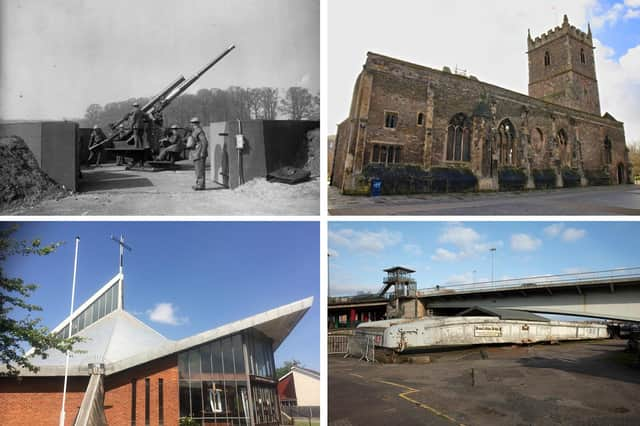Historic England has published its annual Heritage at Risk Register which focuses on cultural heritage properties and sites that are at risk of disappearing due to neglect, deterioration or decay.
The properties and sites are given a priority ranking, ranging from ‘immediate risk of further rapid deterioration or loss of fabric’ to ‘repair scheme in progress’
The aim of the list to help guide local councils and the Government on where money should be allocated to support these landmark sites, and stop them from falling down.
Duncan Wilson, chief executive at Historic England, said: “Our heritage is an anchor for us all in testing times.
"Despite the challenges we have all faced recently, this year’s Heritage at Risk Register demonstrates that looking after and investing in our historic places can bring communities together, contribute to the country’s economic recovery and help tackle climate change.
"Our historic places deserve attention, investment and a secure future.”
Here are 12 sites in Bristol included on this year’s Heritage at Risk Register:
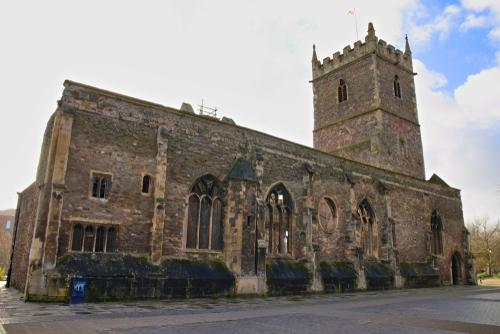
1. St Peter's Church, Castle Park
Condition - Fair This church, built in the Perpendicular Gothic style popular in England from the 14th - 17th Century, was damaged when the roof was destroyed during the first bombing raid in Bristol in 1940. Situated in Castle Park, this listed grade II building now sits empty but still serves as a memorial to those lost in the war. There was some repair work done between 2019 - 2021 but large areas of internal paving still need to be sorted out. Photo: Shutterstock
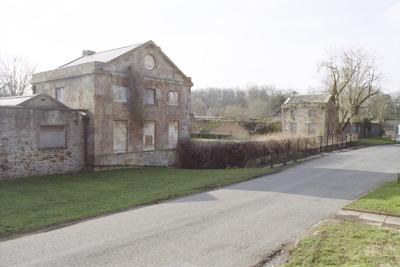
2. Kings Weston Stables, Kingsweston
Condition - Poor Built in the late 18th Century by Robert Mylne, these two lodges surround a square pond and are attached to a garden wall. They are currently vacant and in poor condition. Rainwater damage has led to the deterioration of the stonework. The pond is at risk because of excessive vegetation growth and water loss. This is a category C priority which means that slow decay has been acknowledged but no solution agreed yet. Photo: Historic England
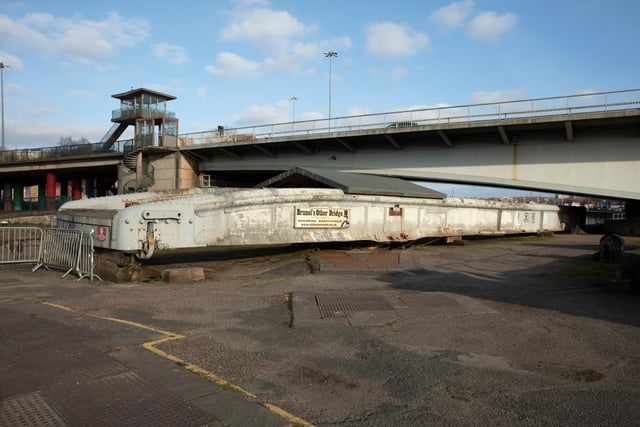
3. Brunel's Swing Bridge, Cumberland Basin
Condition - Very Bad With the condition listed as ‘very bad’ this wrought iron bridge which was built by Isambard Kingdom Brunel in the late 19th Century has been decaying for some time. Several repairs, surveys and investigations have been carried out which led to the rotational mechanism found to still be functional. Despite this, the bridge still has no function and needs a lot more repairs. Photo: Shutterstock
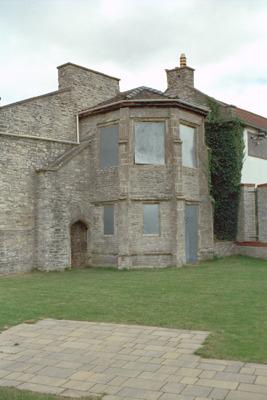
4. Holy Cross Inns Court Vicarage, Knowle West
Condition - Fair The 15th Century stair turret, which is attached to a 20th Century building, is in the middle of a housing estate. It is grade II listed and there have been some improvements to the turret over the years but it is privately owned so restoration work is more difficult. Photo: Historic England
